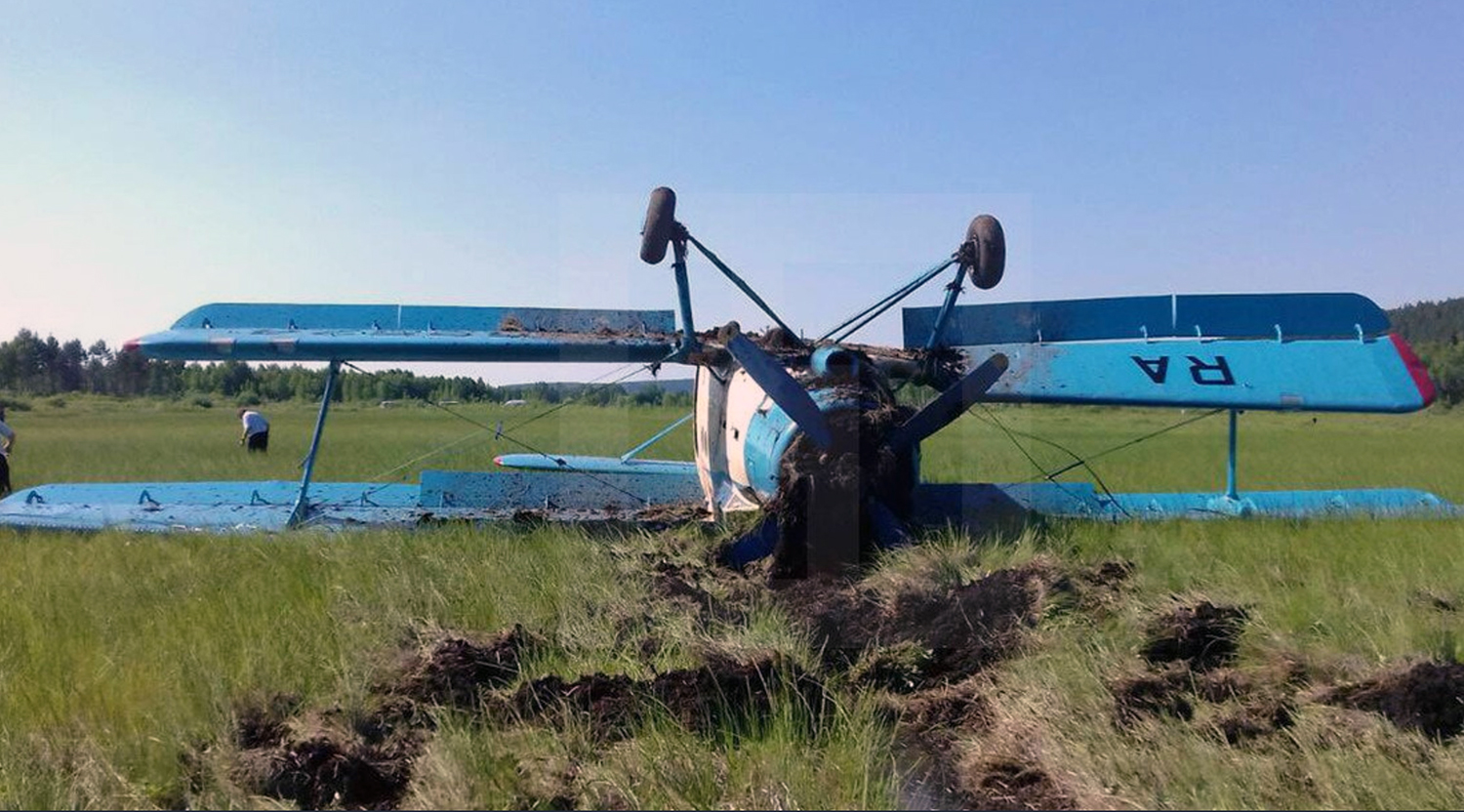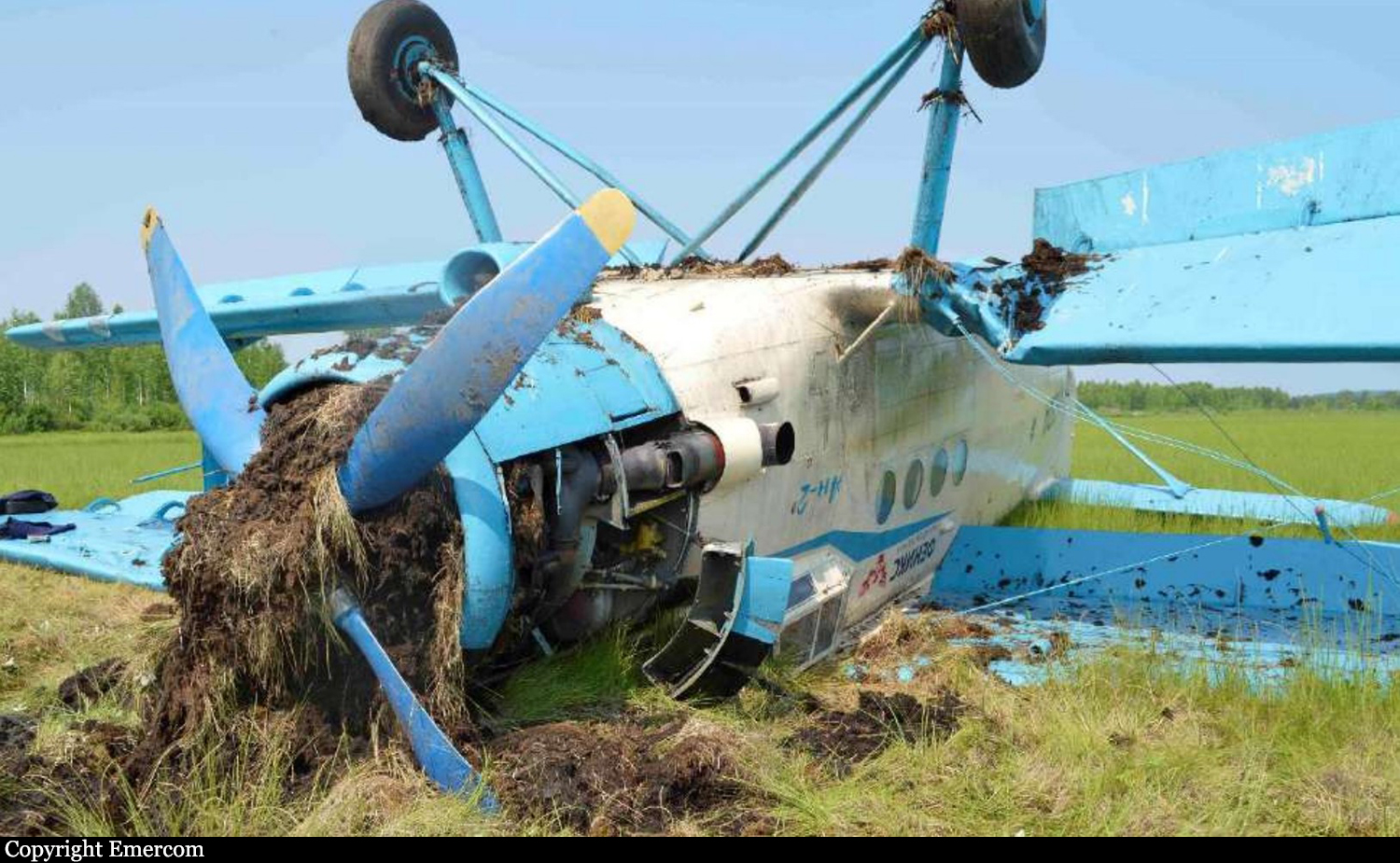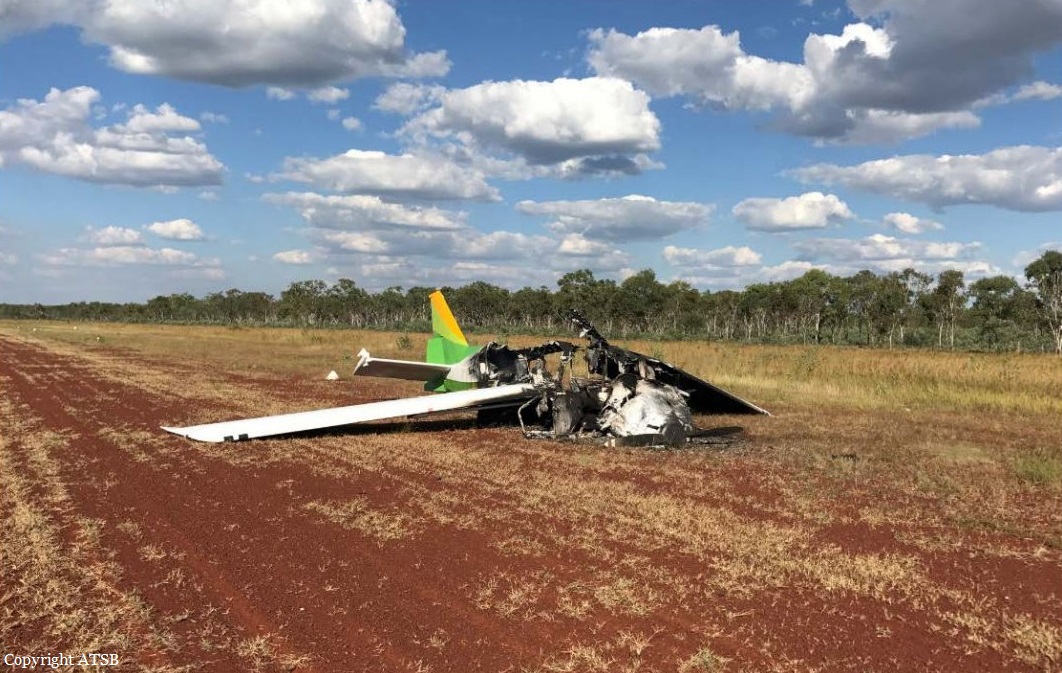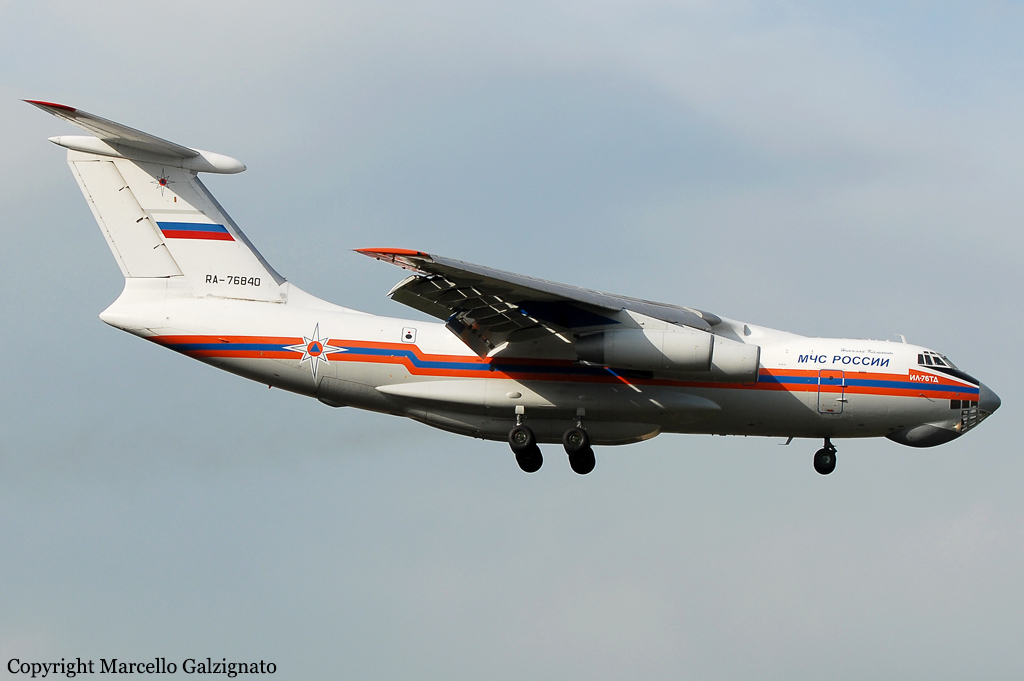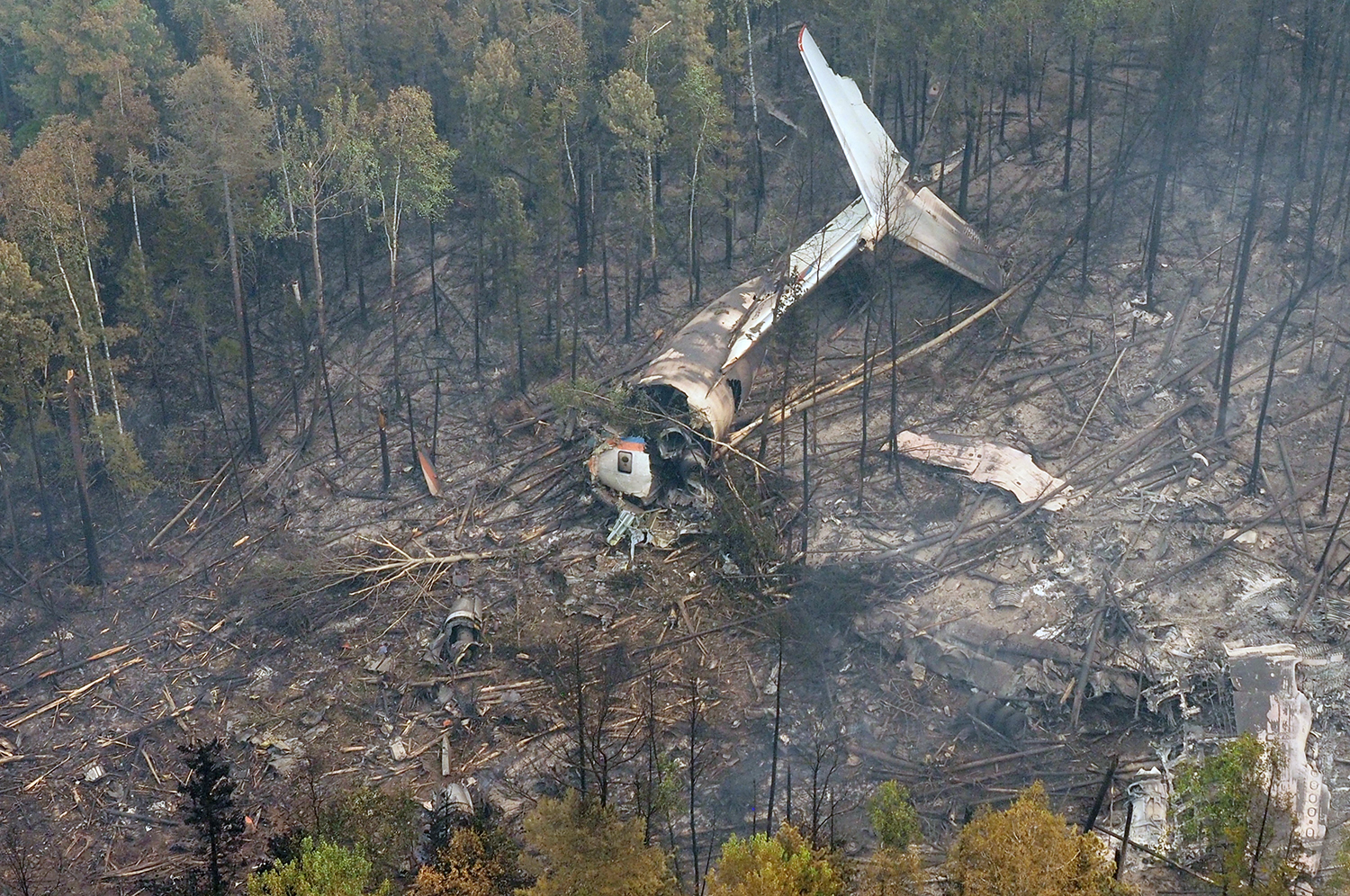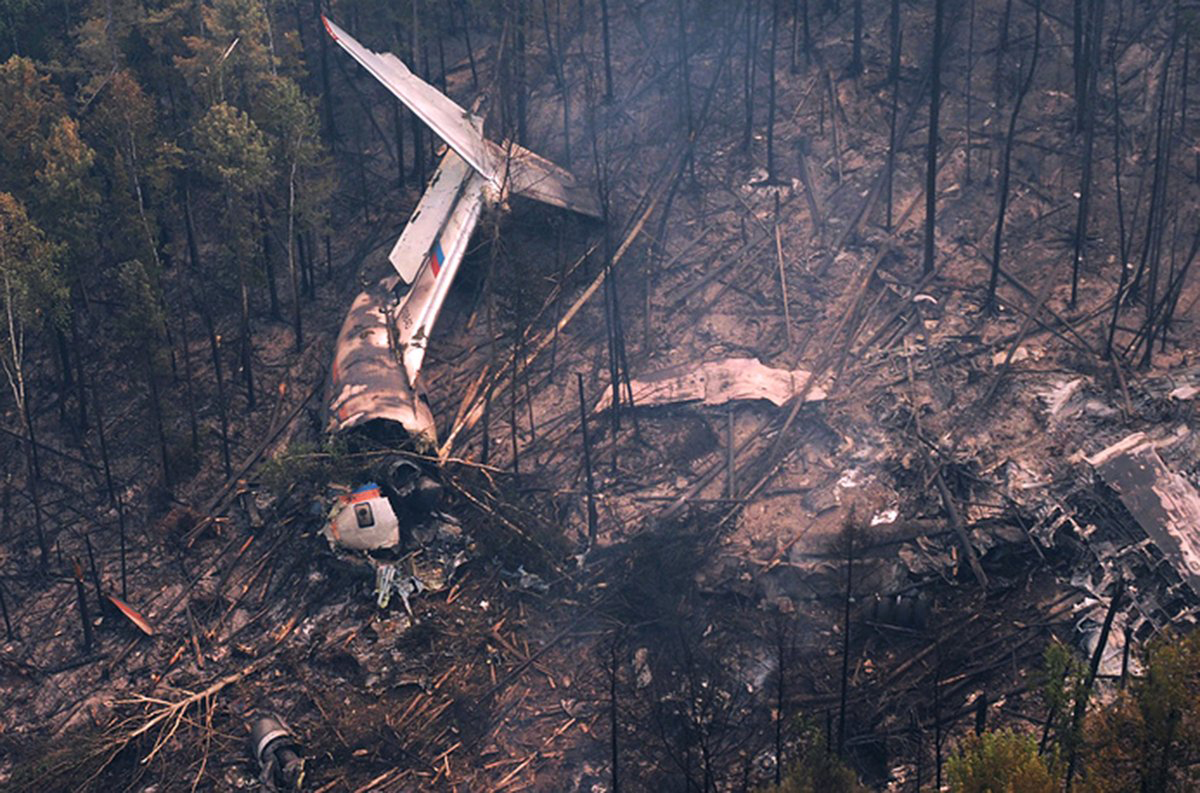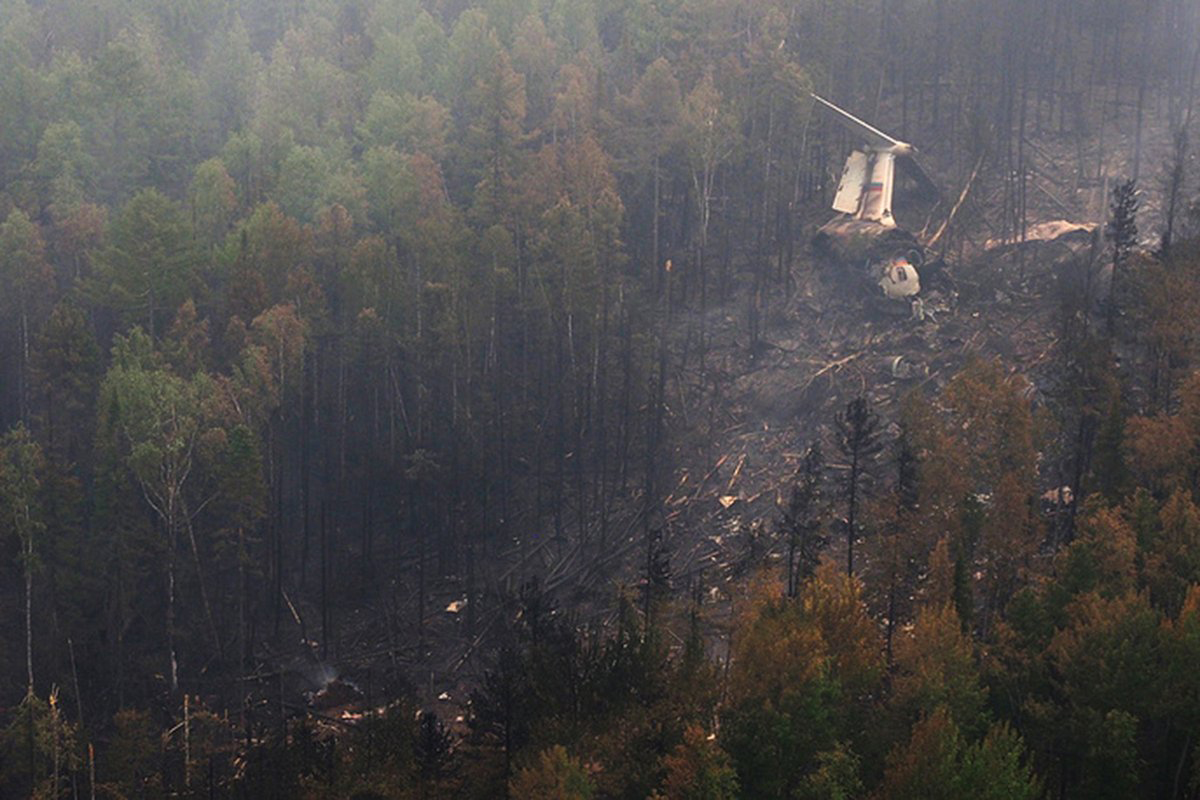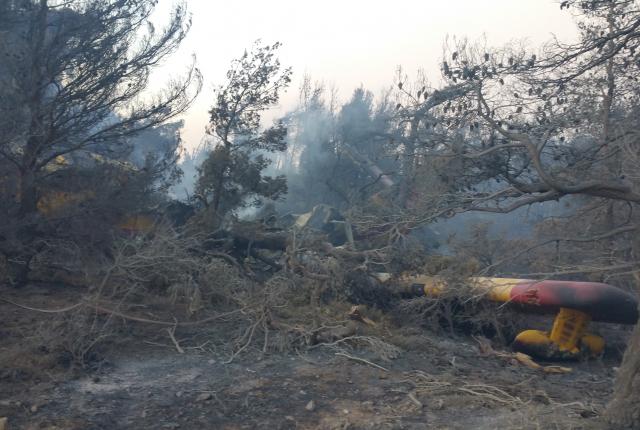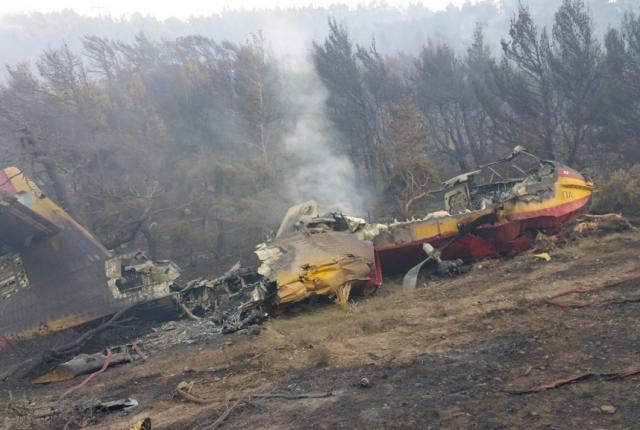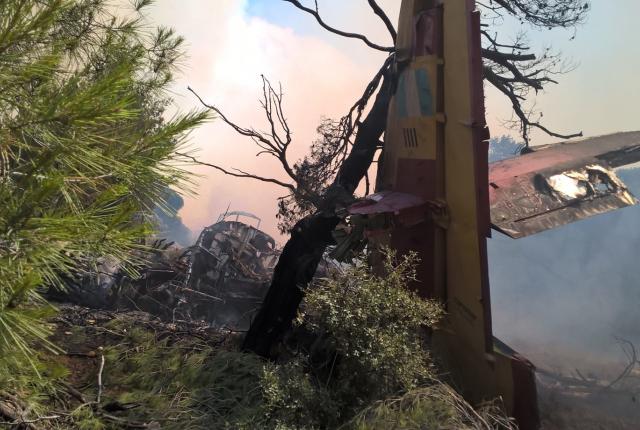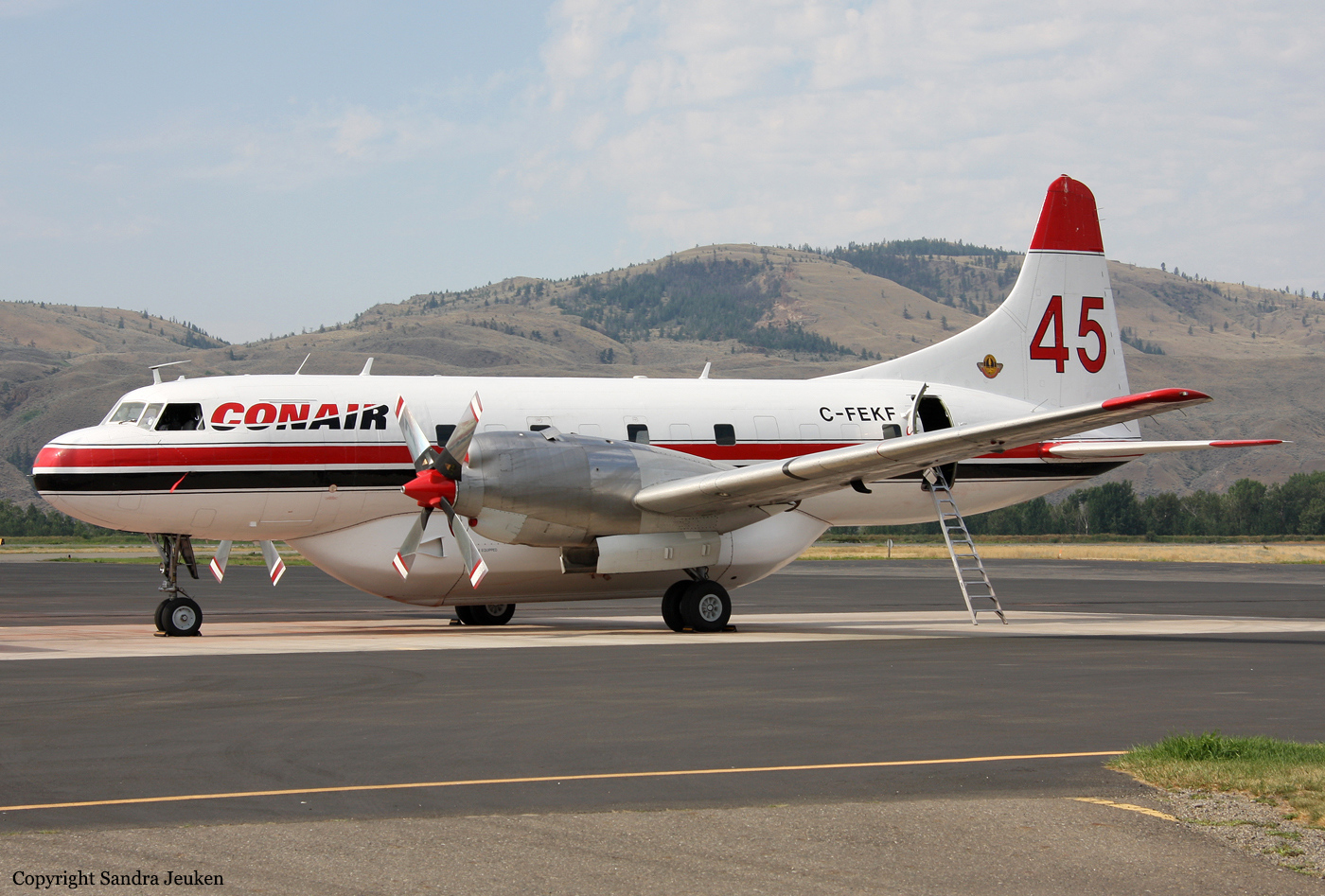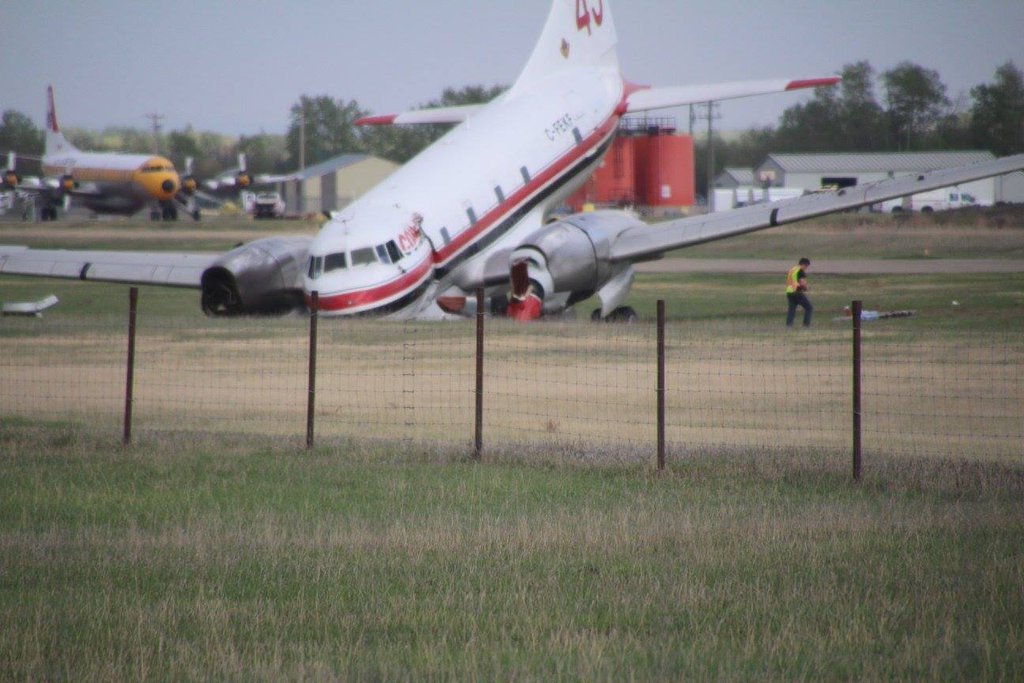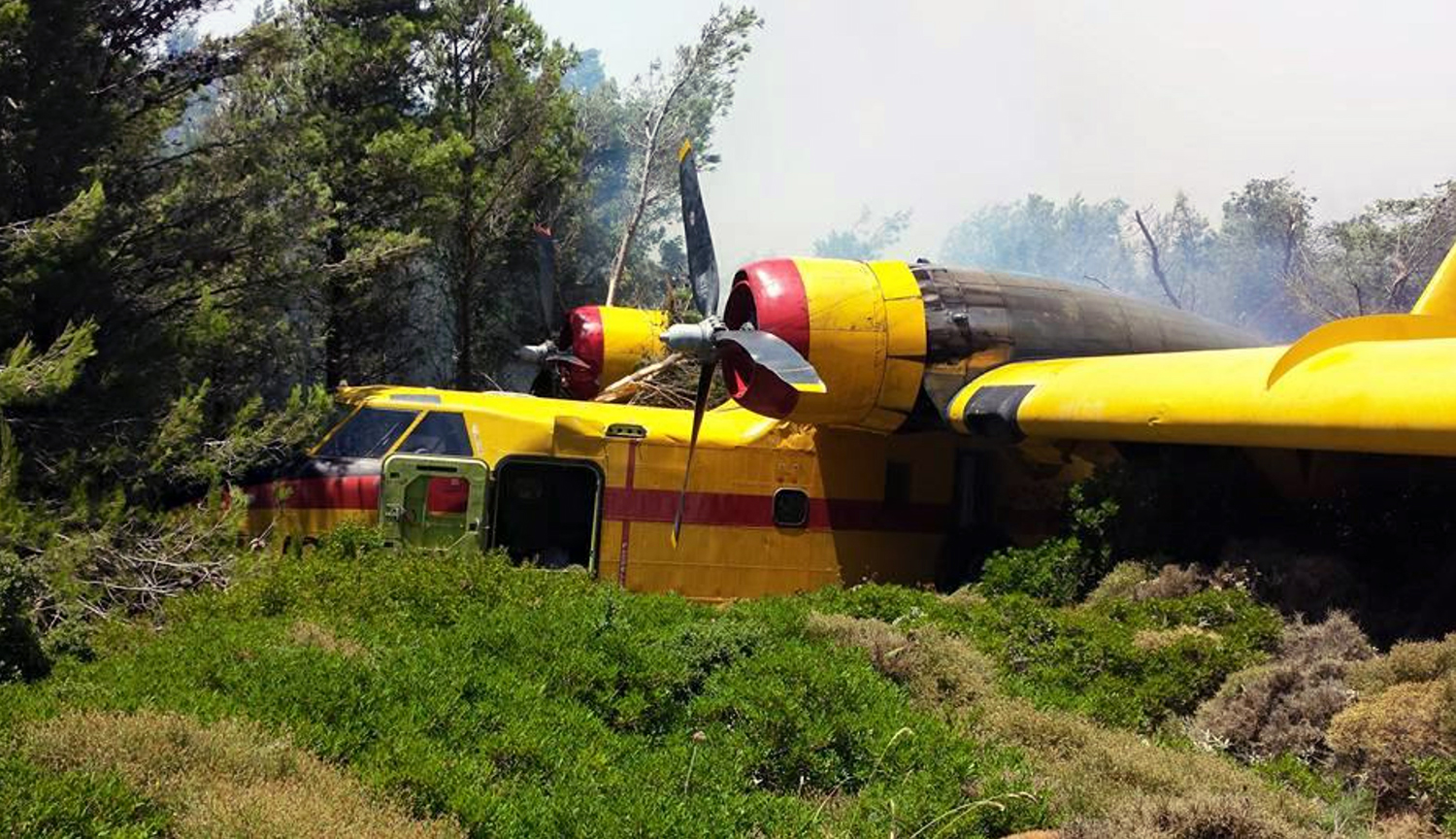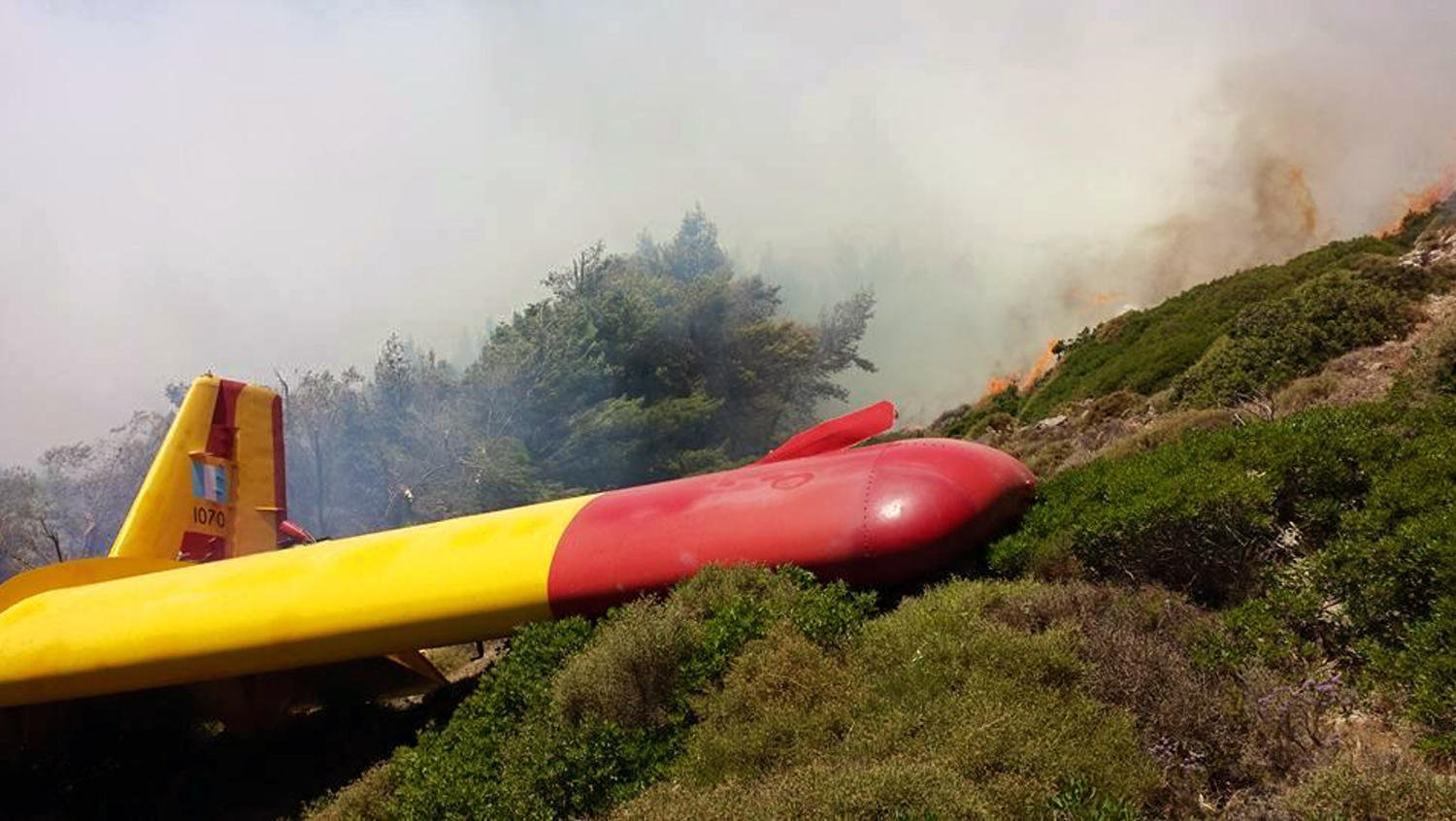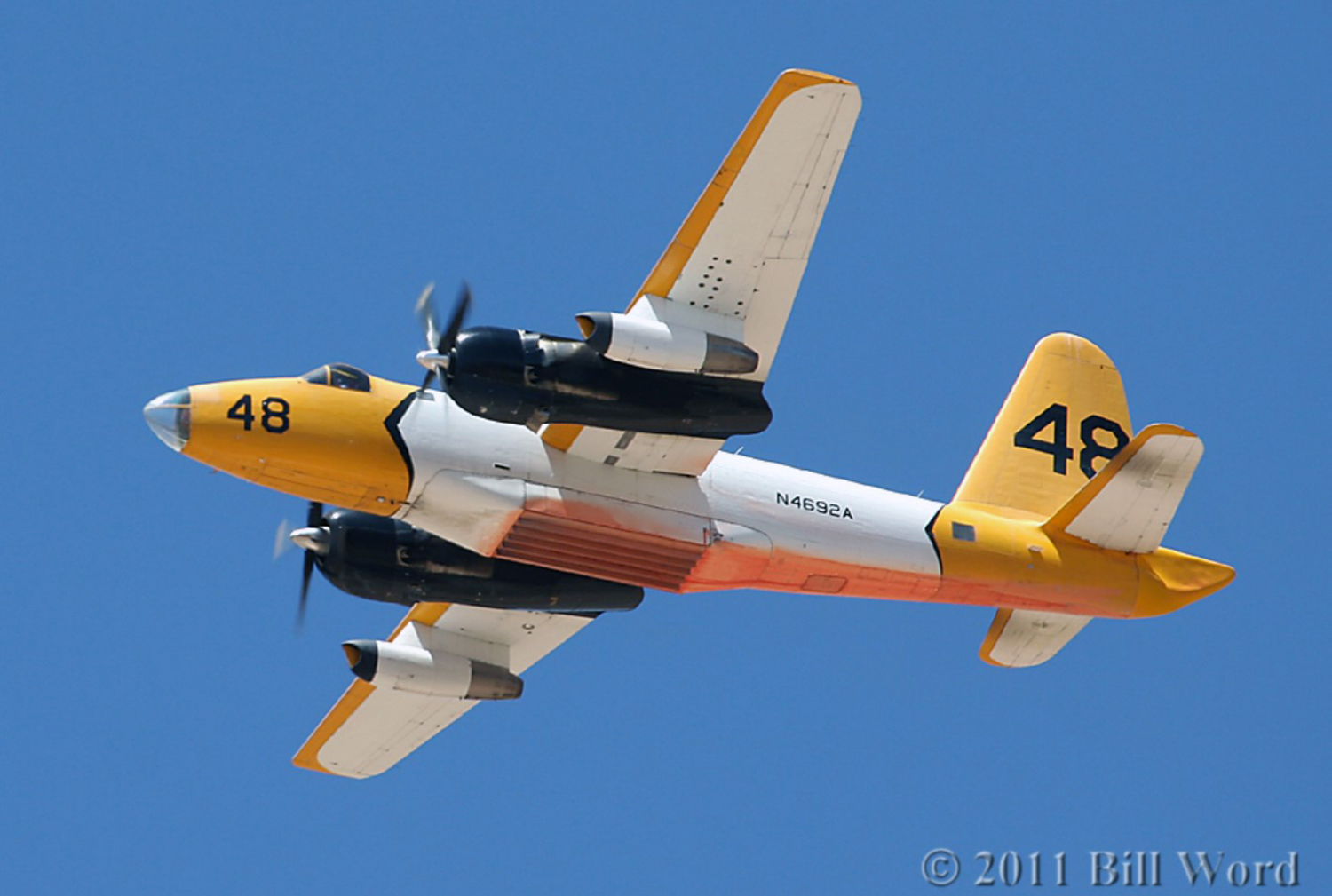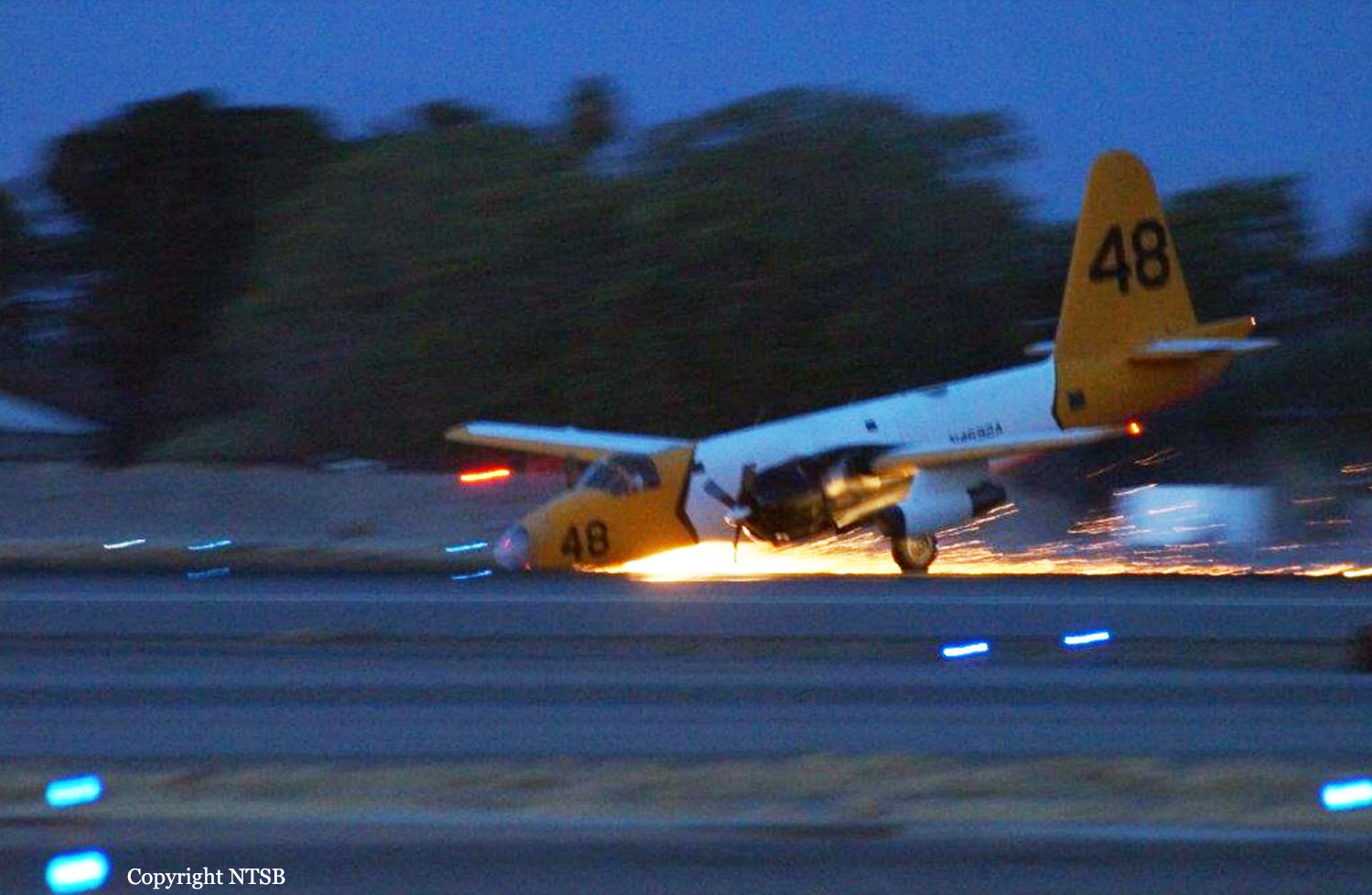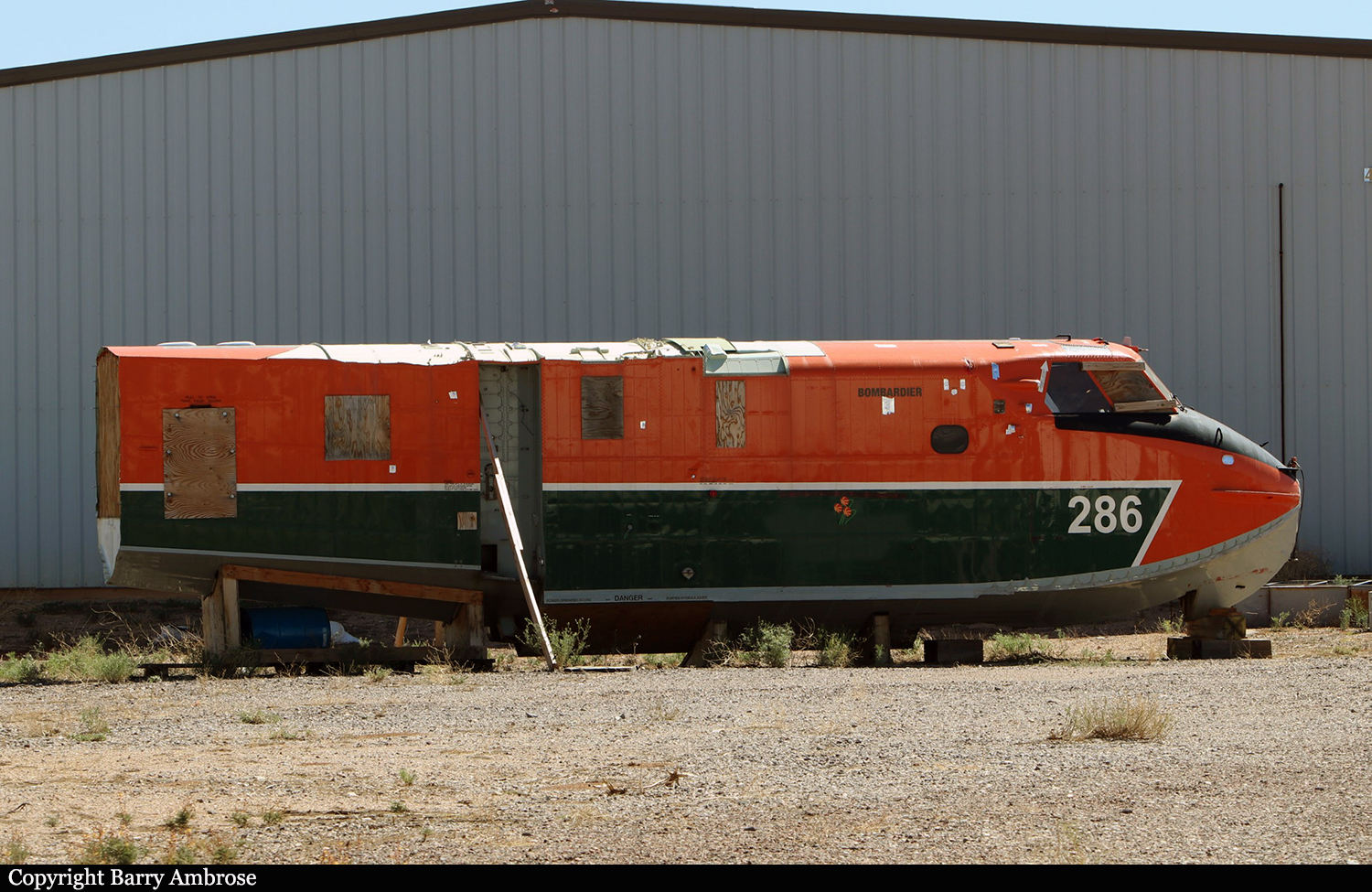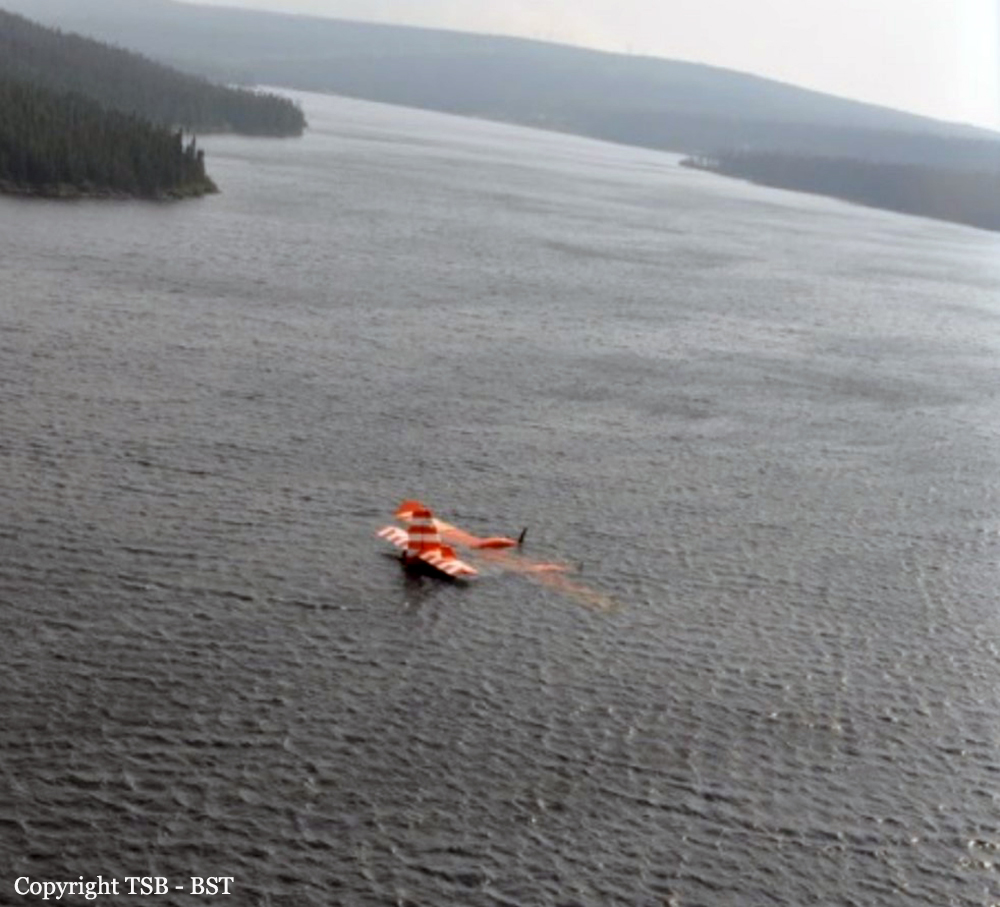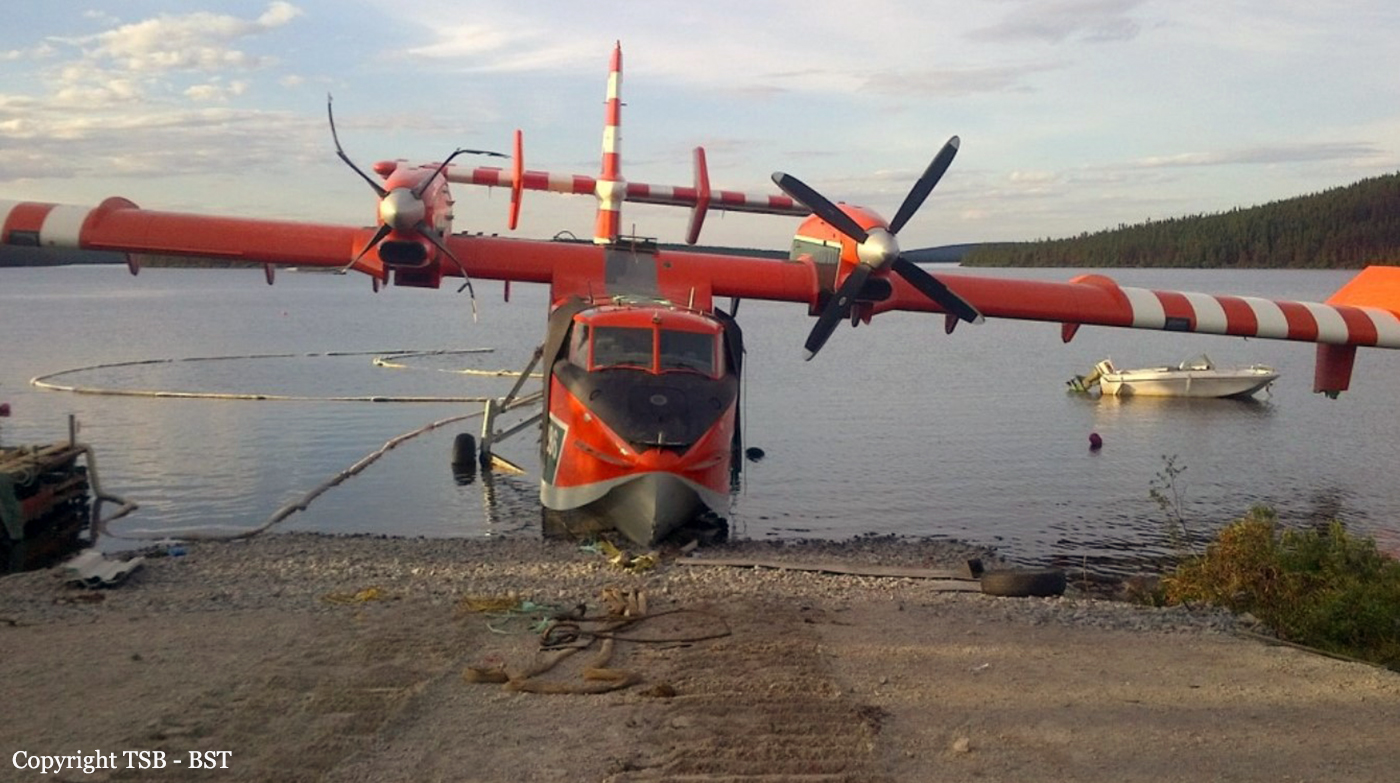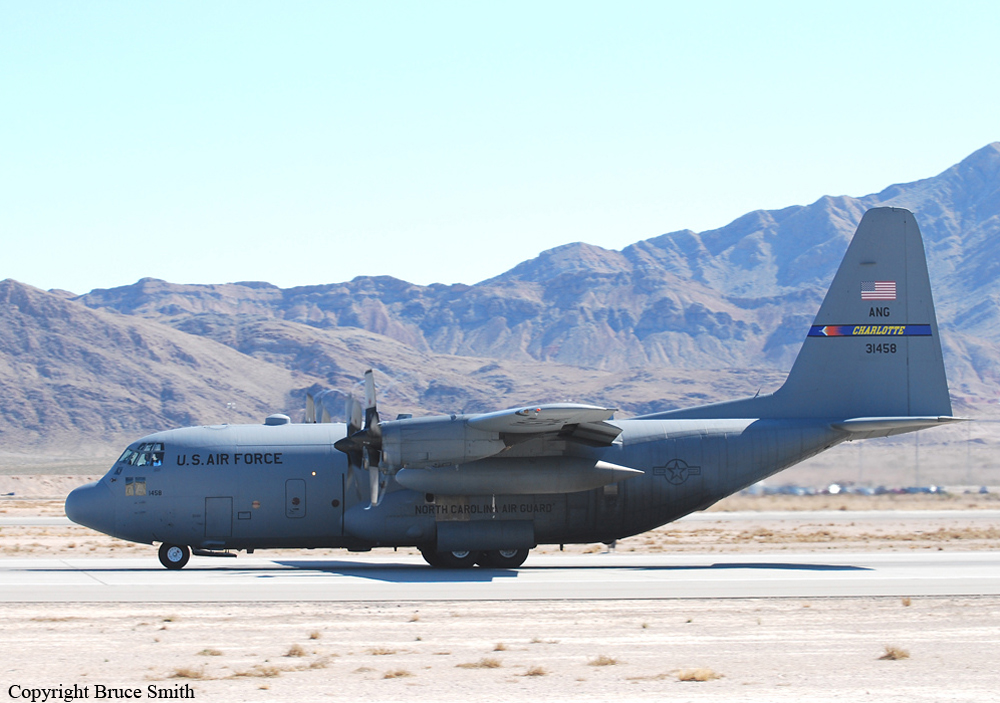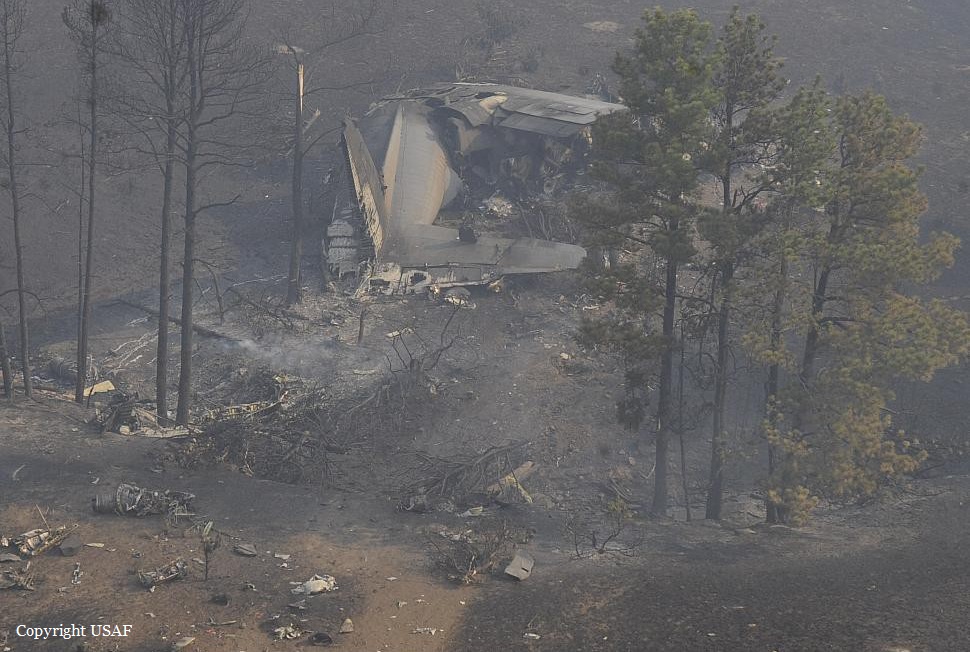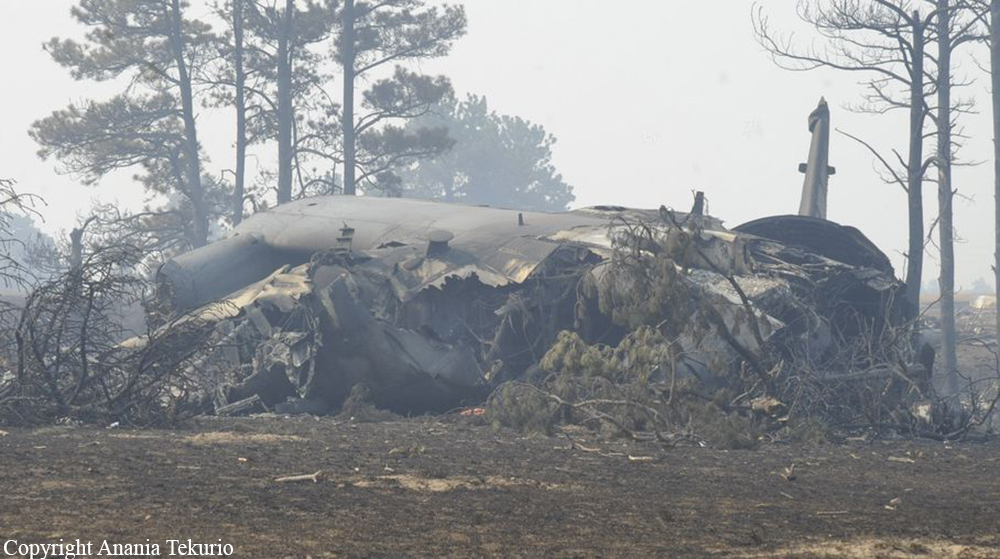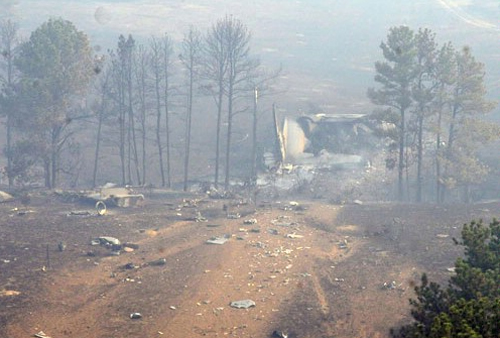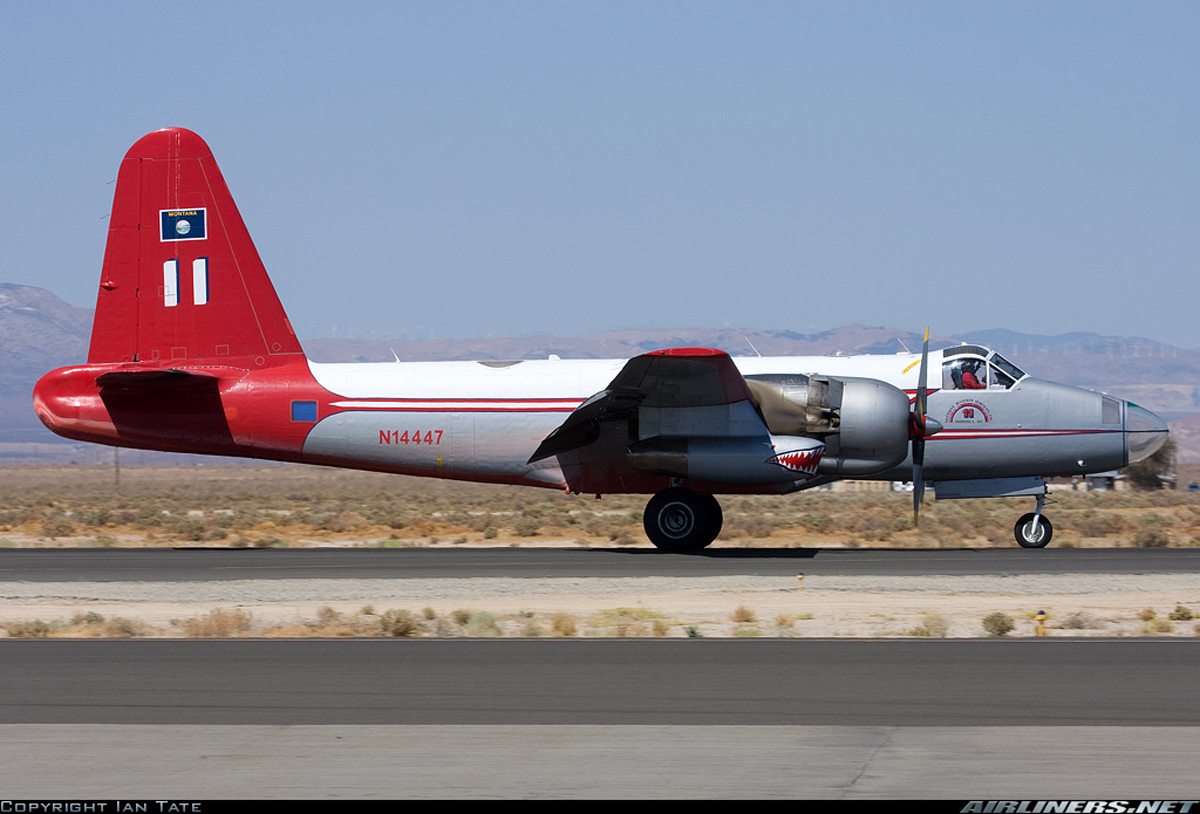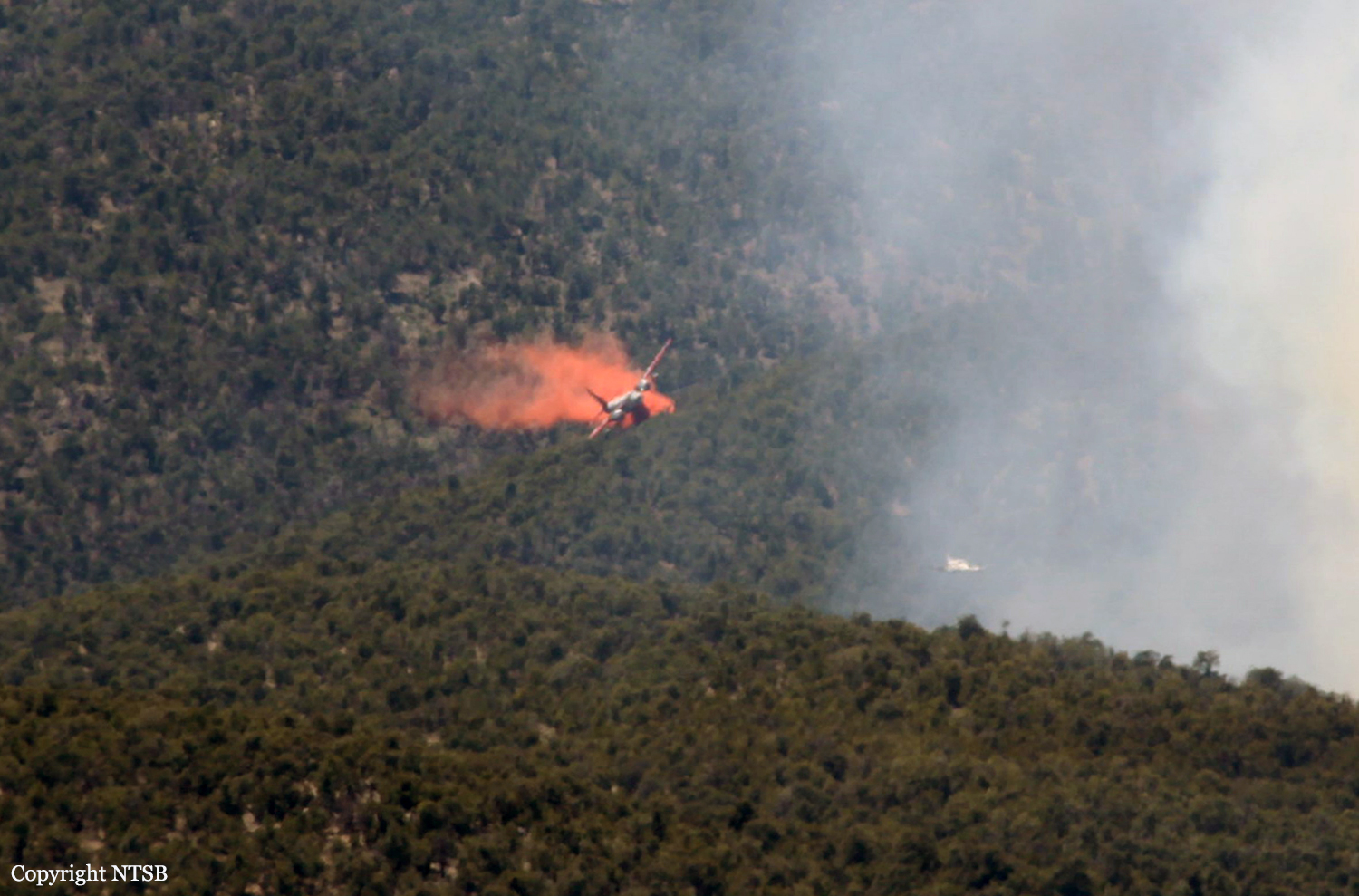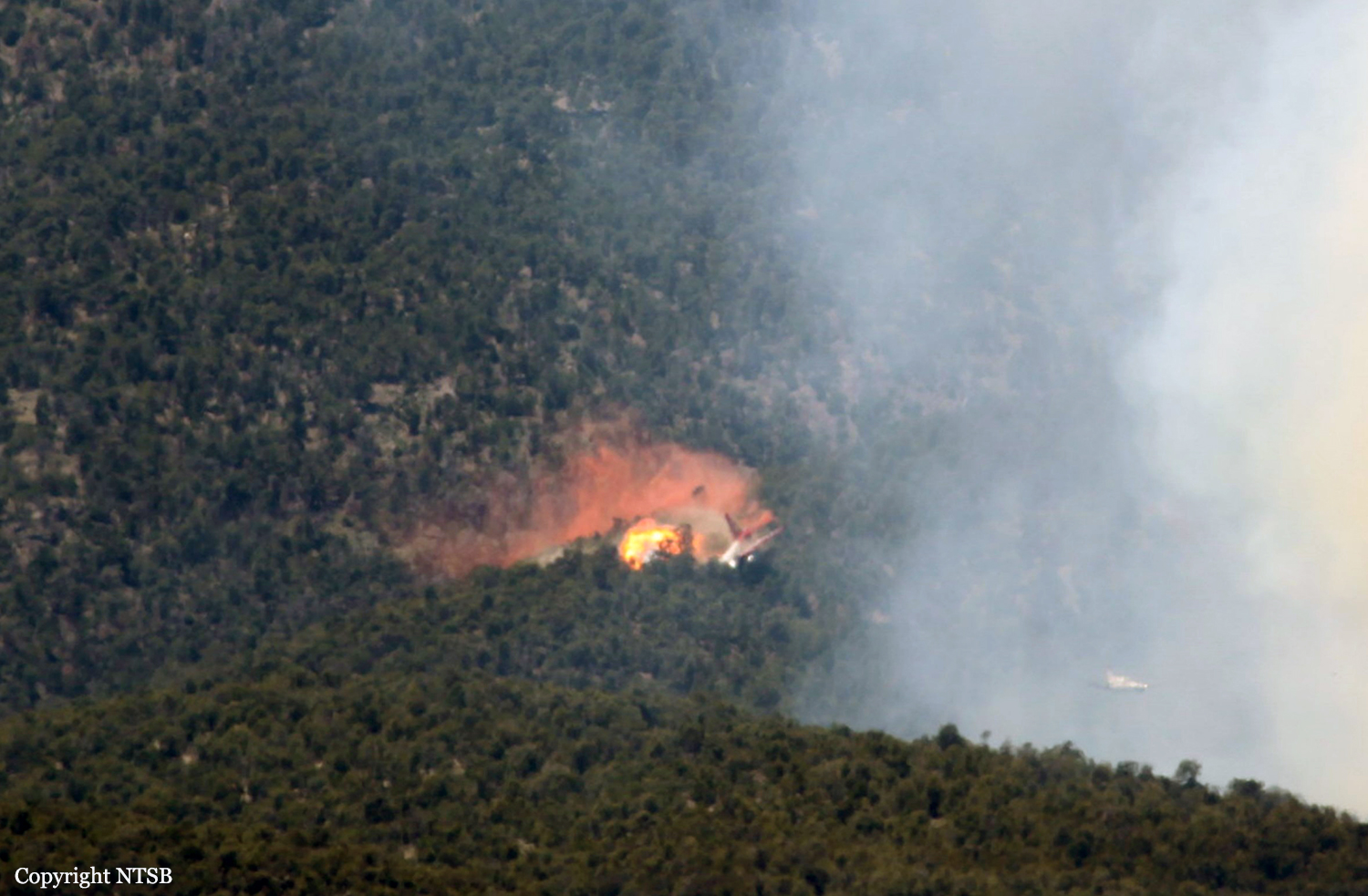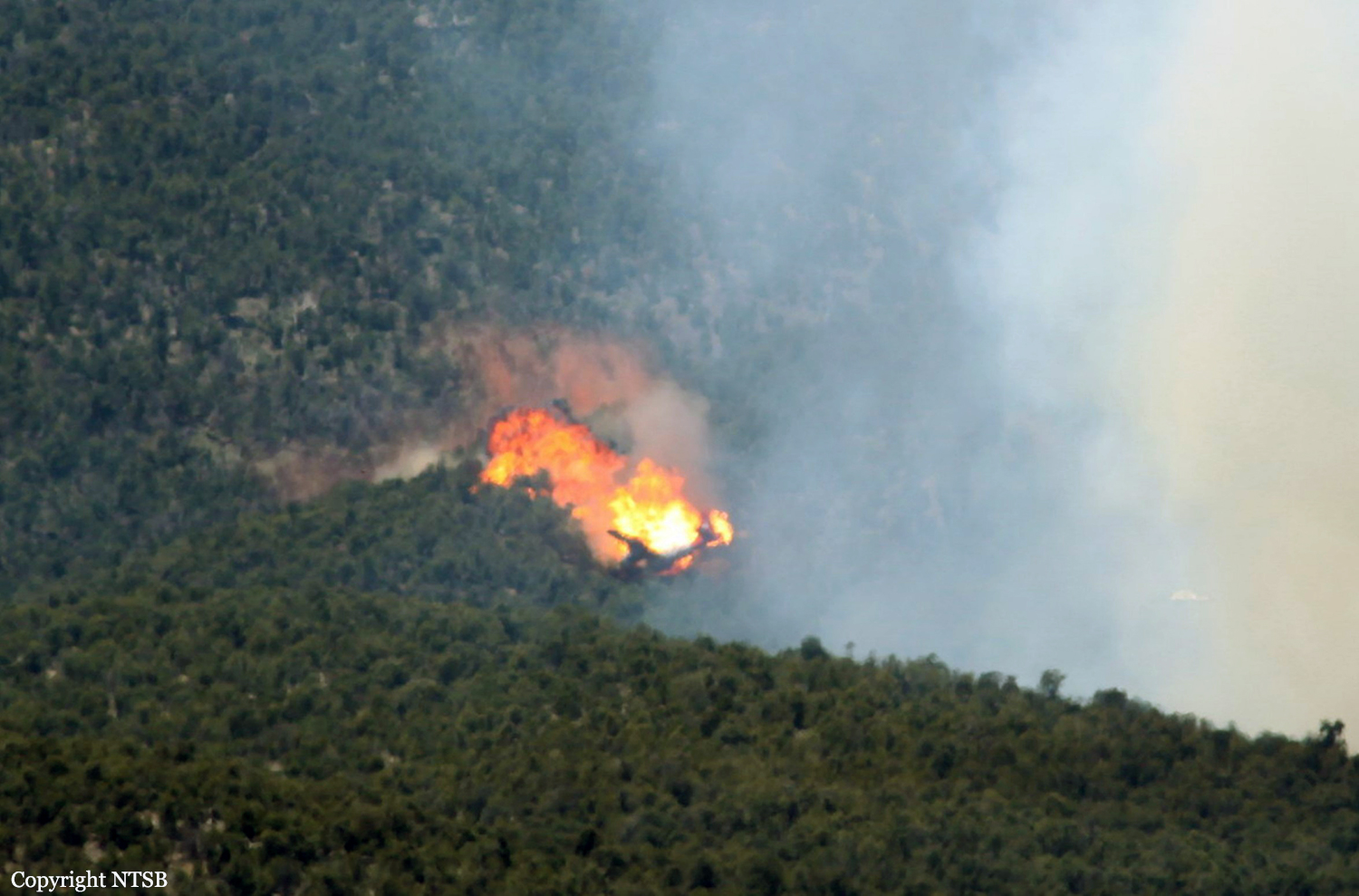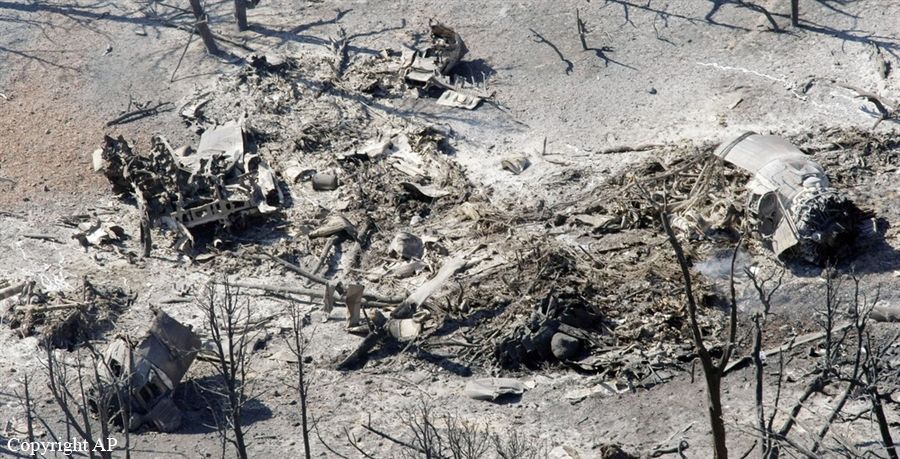Crash of a PZL-Mielec AN-2R in Nizhneudinsk
Date & Time:
Jun 27, 2018 at 1507 LT
Registration:
RA-62524
Survivors:
Yes
Schedule:
Nizhneudinsk - Nizhneudinsk
MSN:
1G175-47
YOM:
1977
Flight number:
FU9350
Crew on board:
2
Crew fatalities:
Pax on board:
2
Pax fatalities:
Other fatalities:
Total fatalities:
0
Captain / Total hours on type:
5474.00
Aircraft flight hours:
14683
Circumstances:
The single engine airplane departed Nizhneudinsk Airport on a forest fire survey mission, carrying two observers and two pilots. Shortly after takeoff, while climbing to a height of about 150-170 metres, the engine started to vibrate. The captain attempted an emergency landing when the aircraft crash landed in a marshy field located 4,9 km from the airport, coming to rest upside down. All four occupants escaped uninjured and the aircraft was damaged beyond repair.
Probable cause:
The accident was the consequence of a total engine failure during initial climb for reasons that could not be determined. The fact that the field was waterlogged and did not permit a safe landing was considered as a contributing factor.
Final Report:
